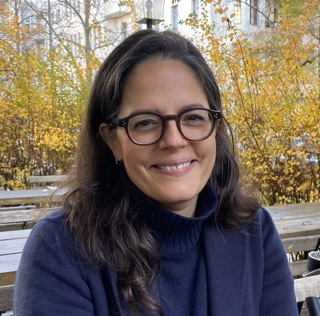Podcast: Play in new window | Download (Duration: 25:18 — 23.3MB)
Subscribe: Google Podcasts | Spotify | Android | RSS | More

Notes
- Here’s a link to Luisa Weiss’ website.
- She also, and this is both impressive and useful, managed to salvage all of the original The Wednesday Chef when it’s original host, Typepad, decided to close everyone down earlier this year.
- Here is the transcript.
- Banner image liberated from an archive copy of The Wednesday Chef.

